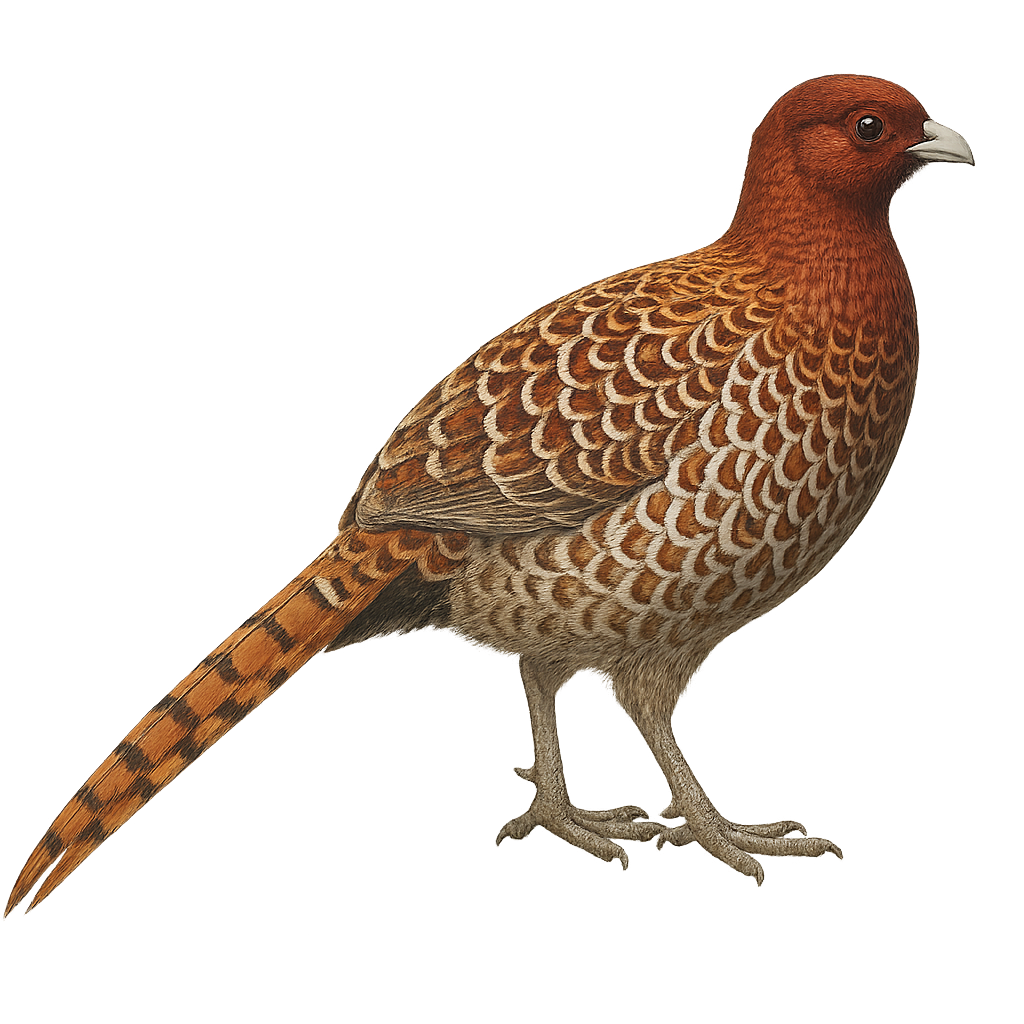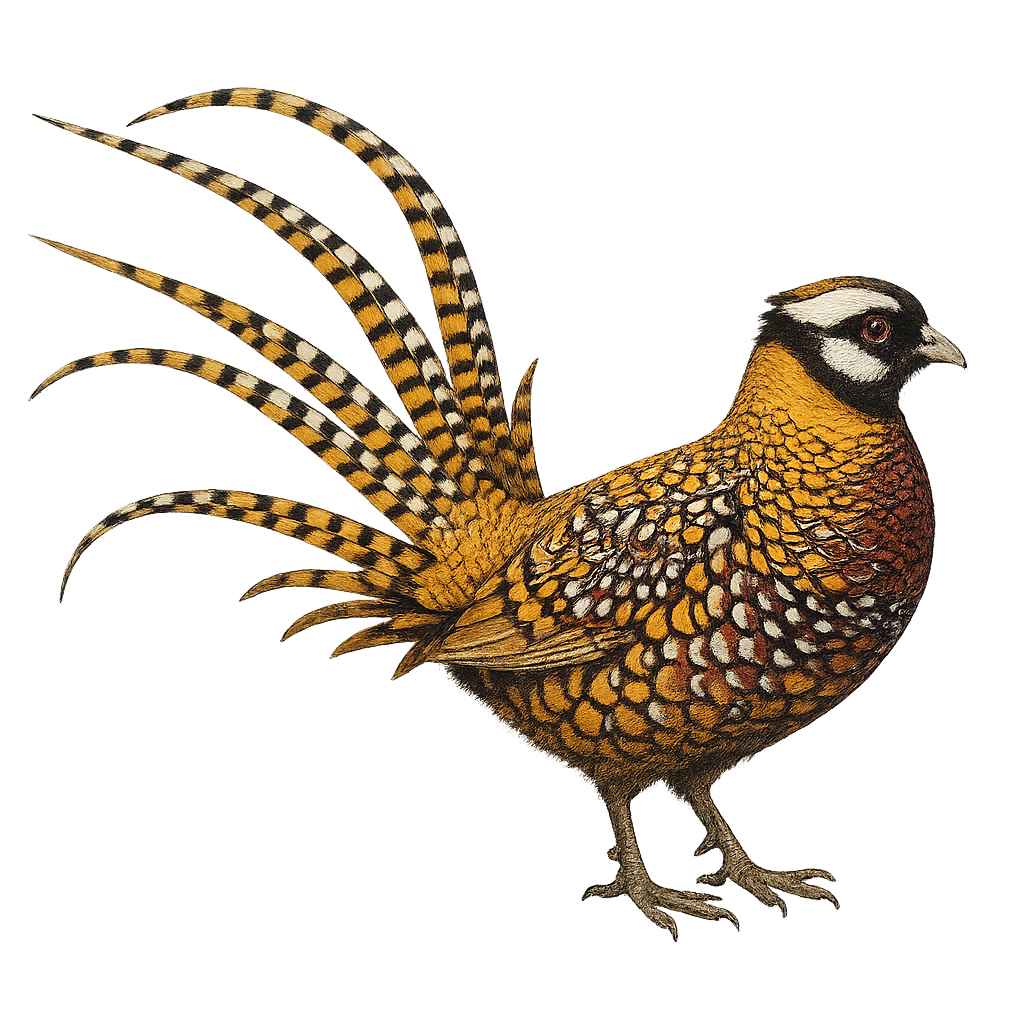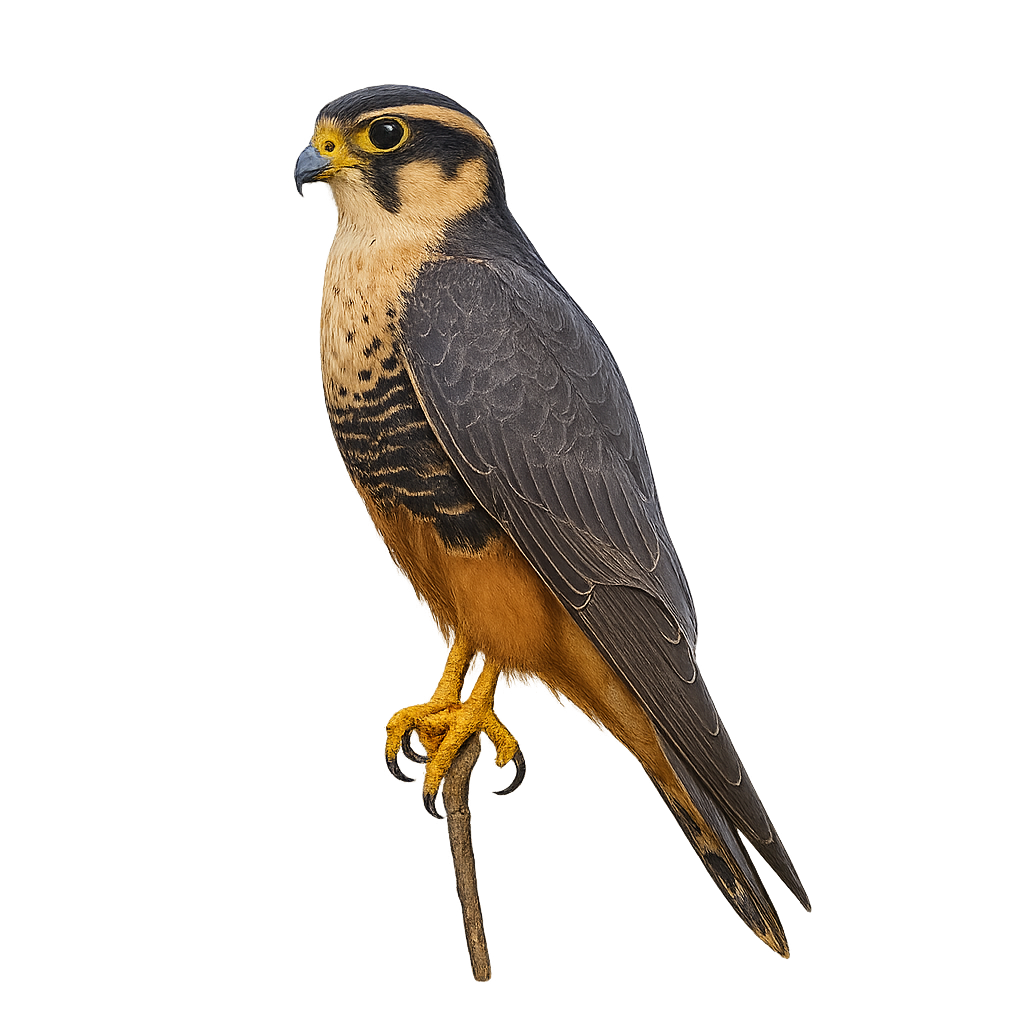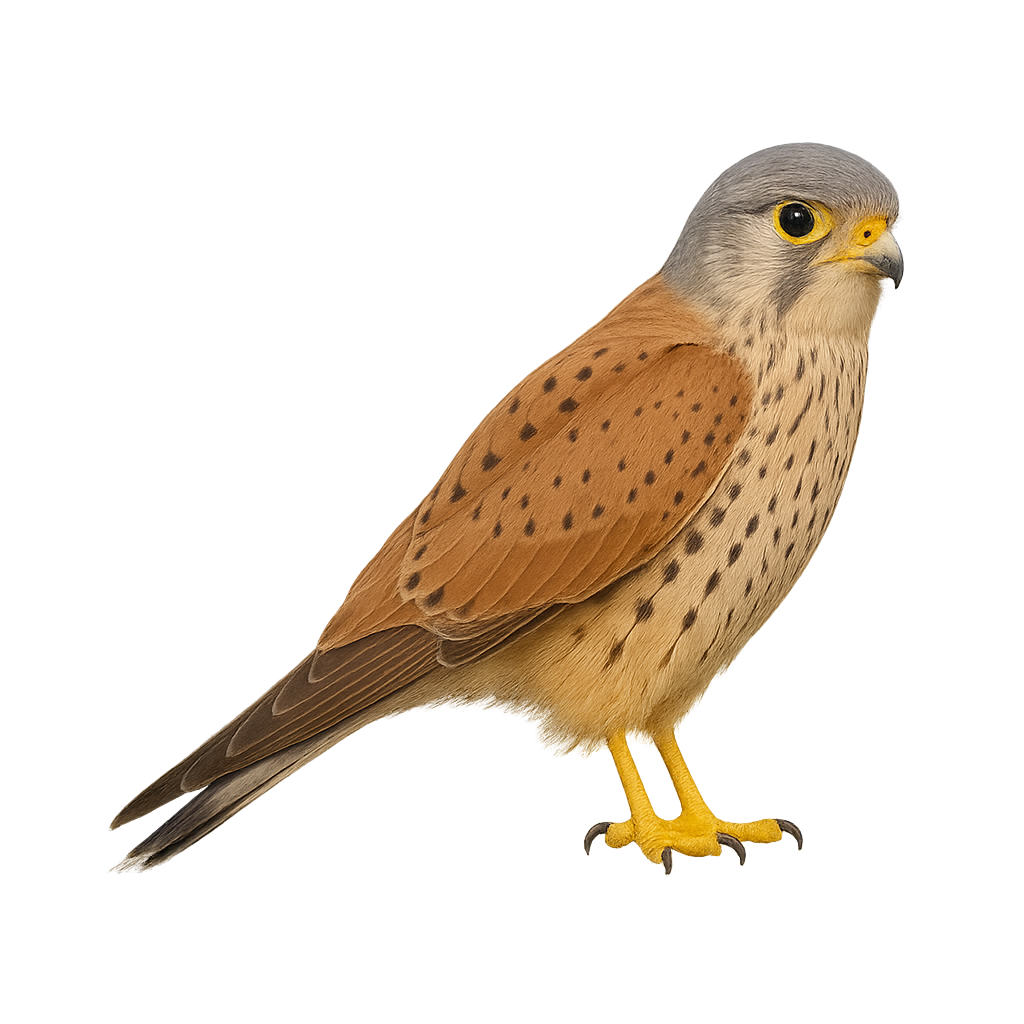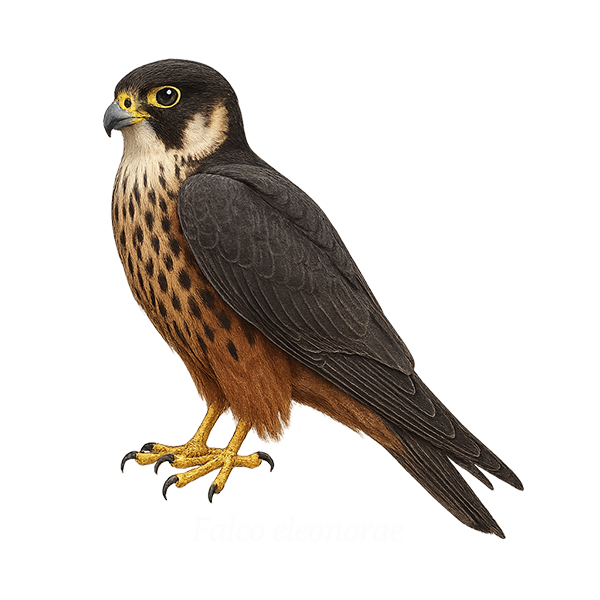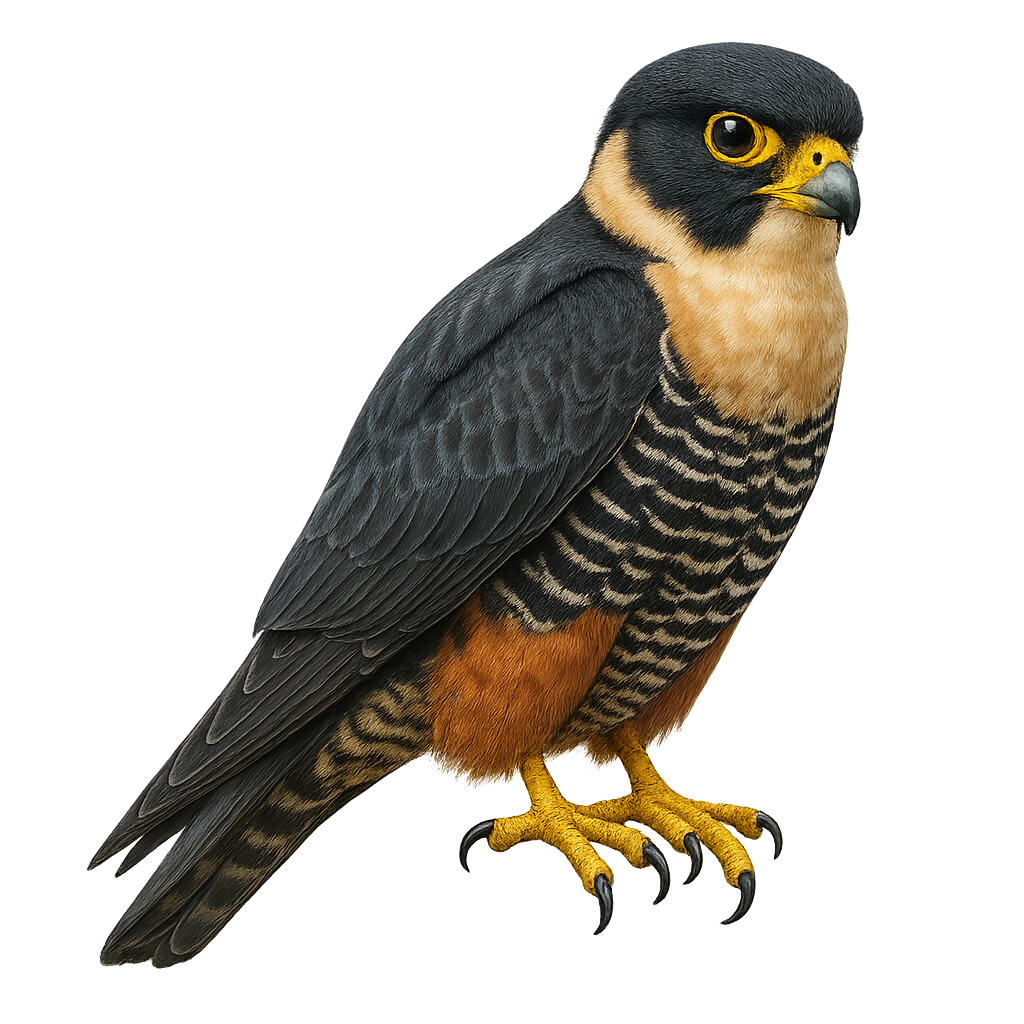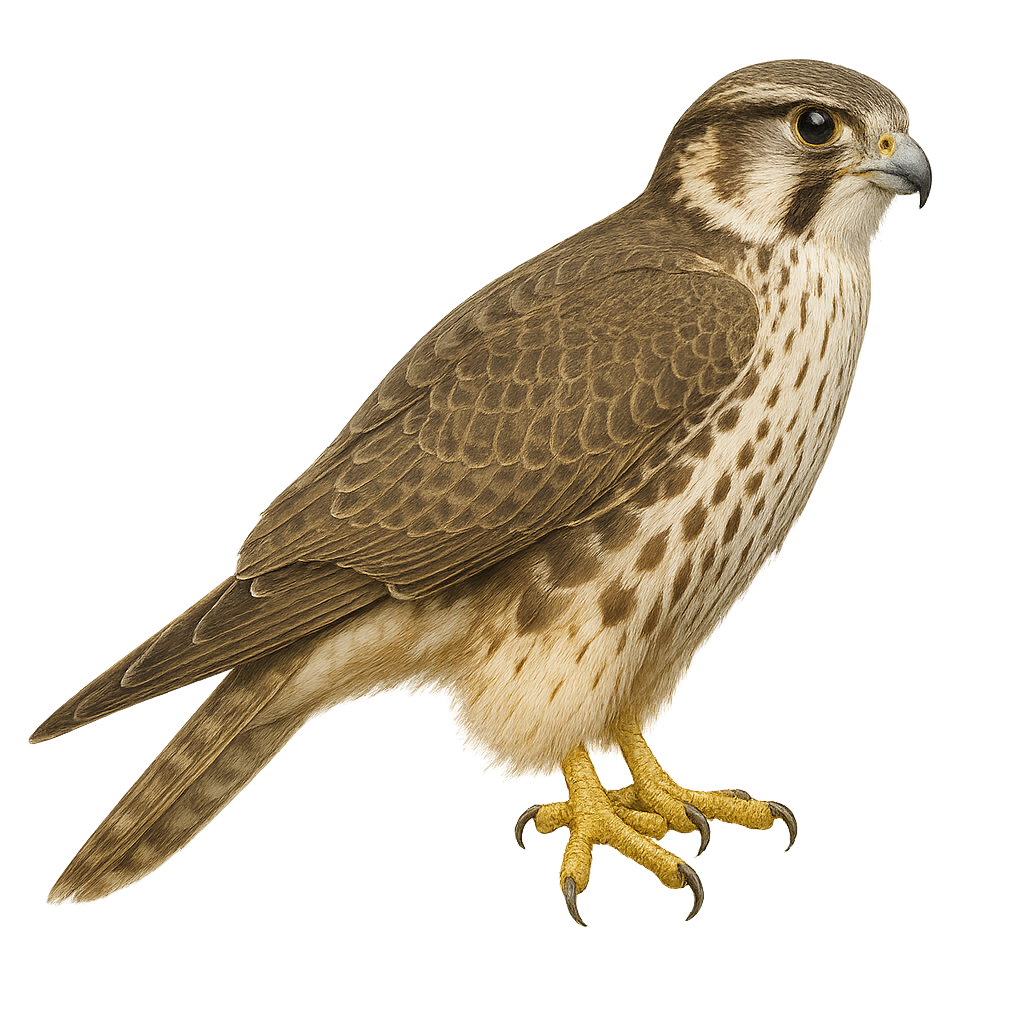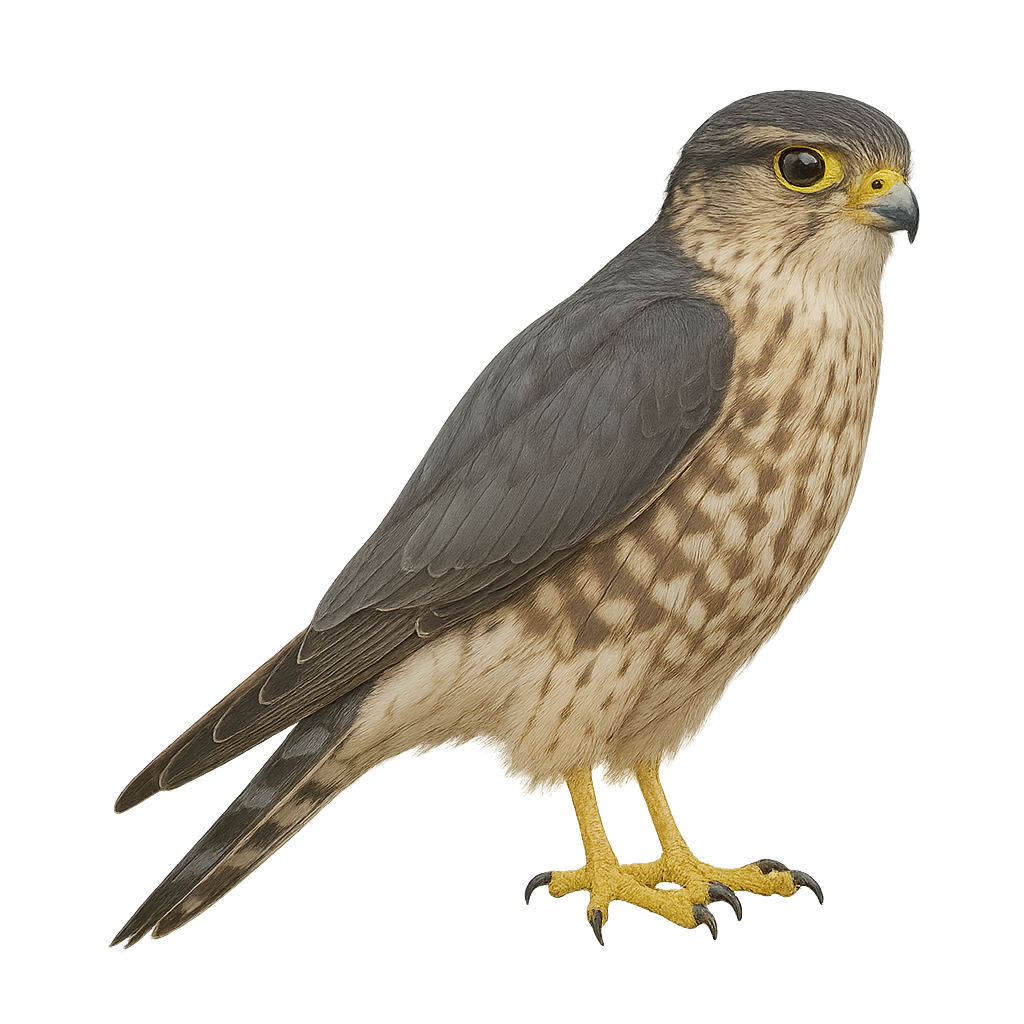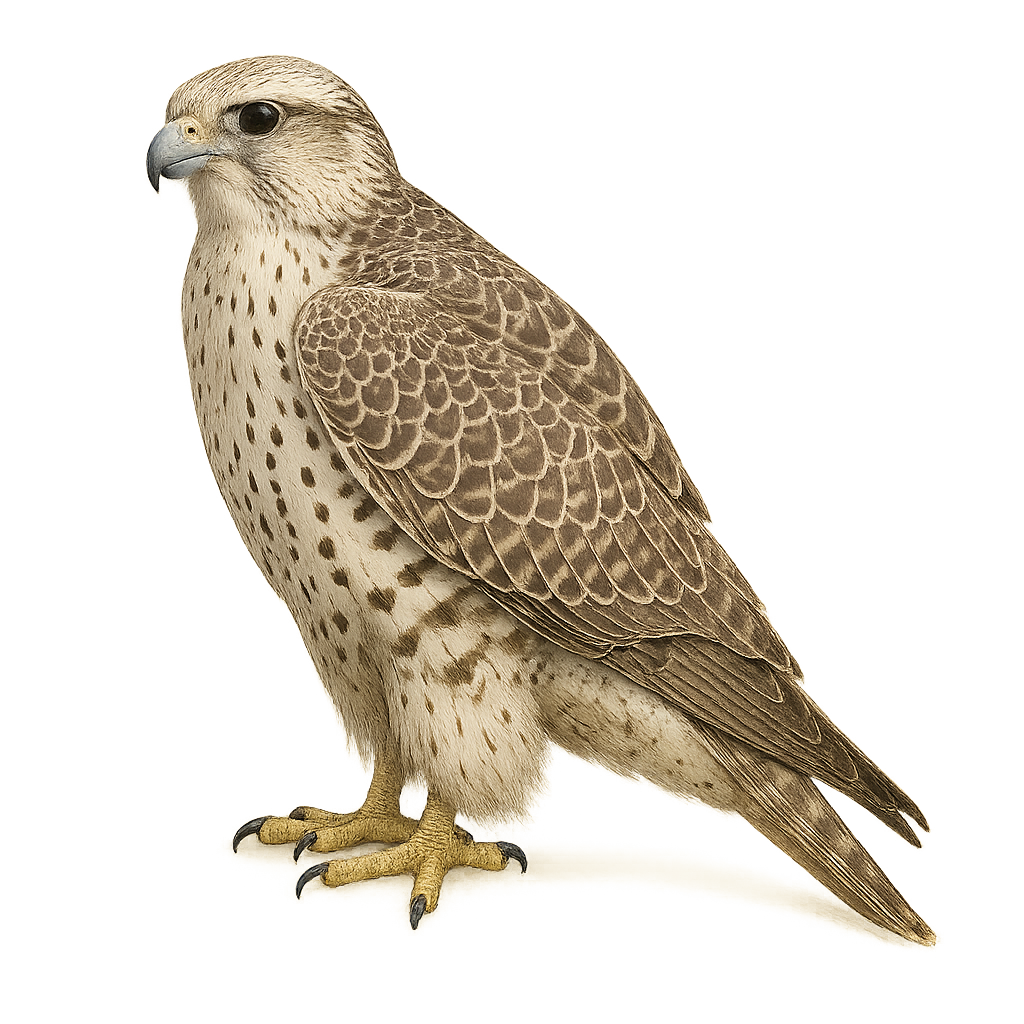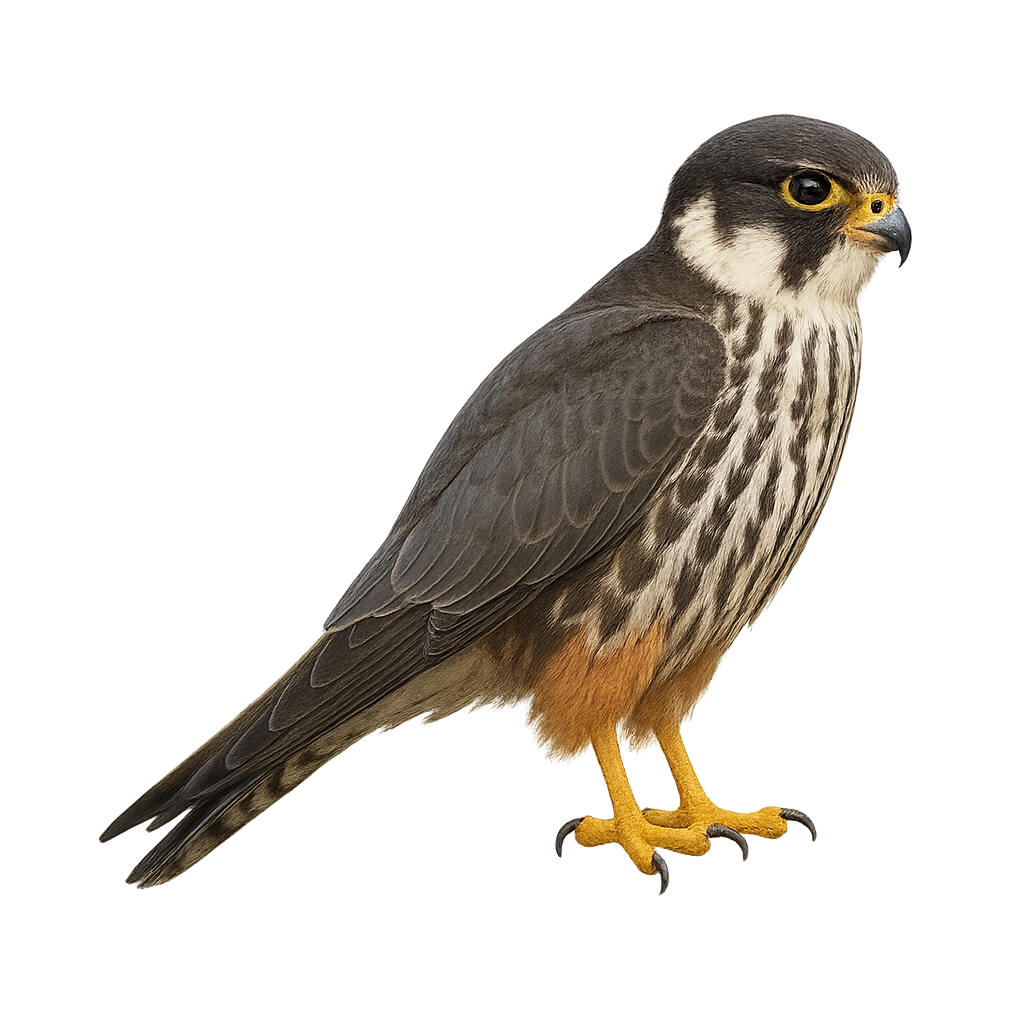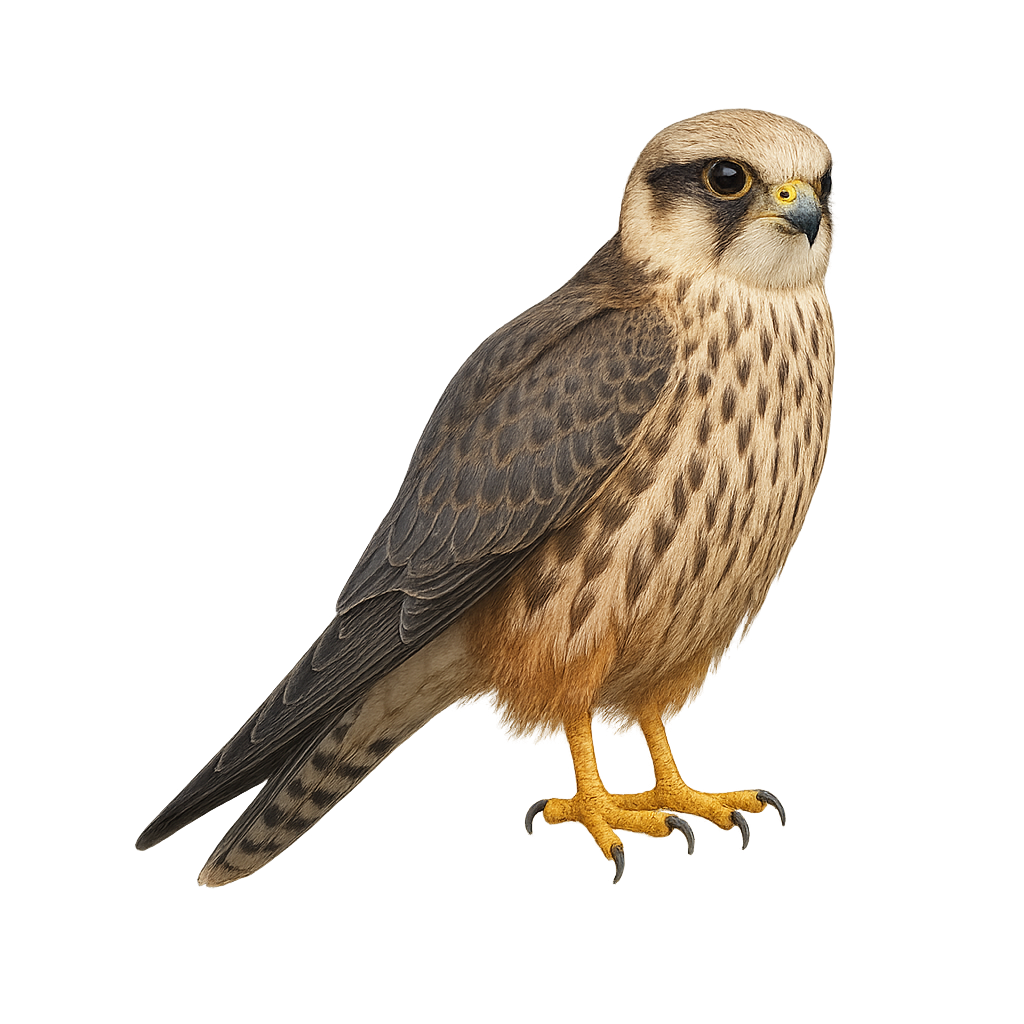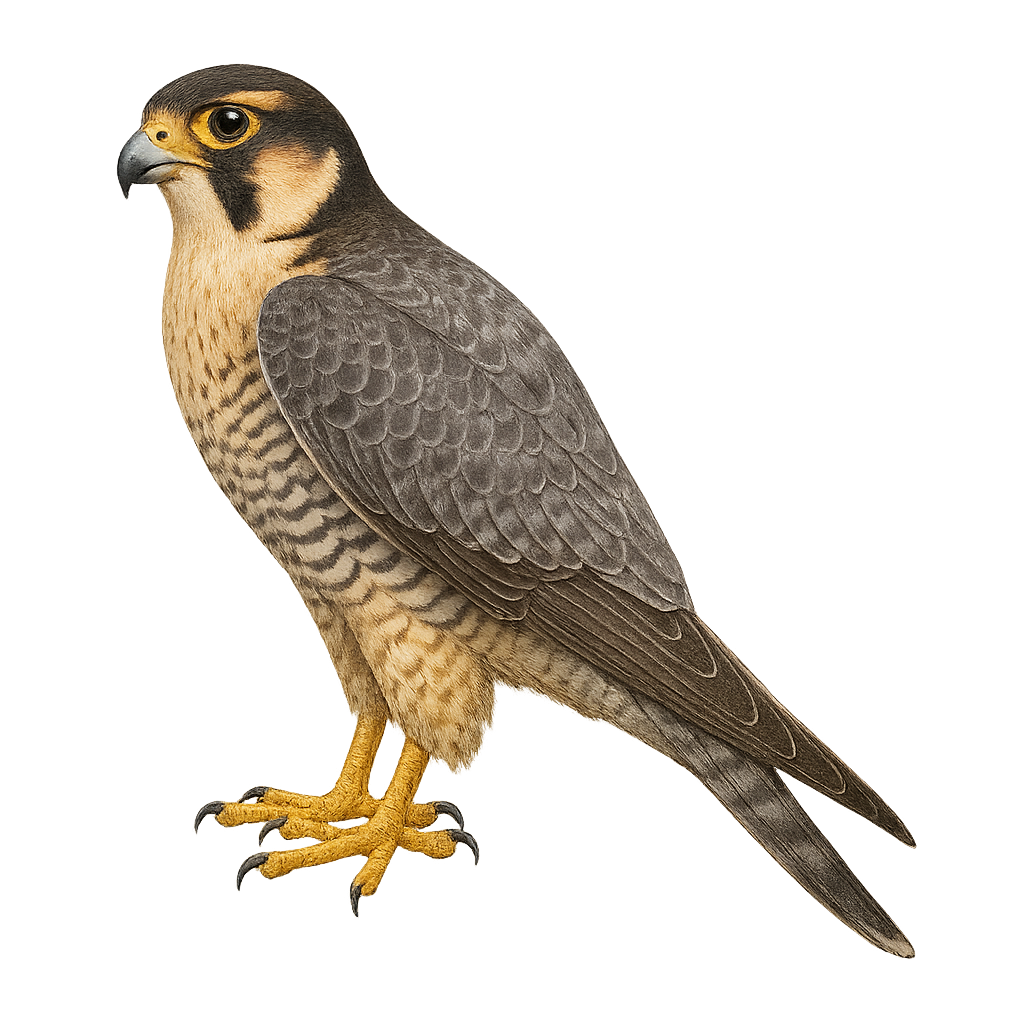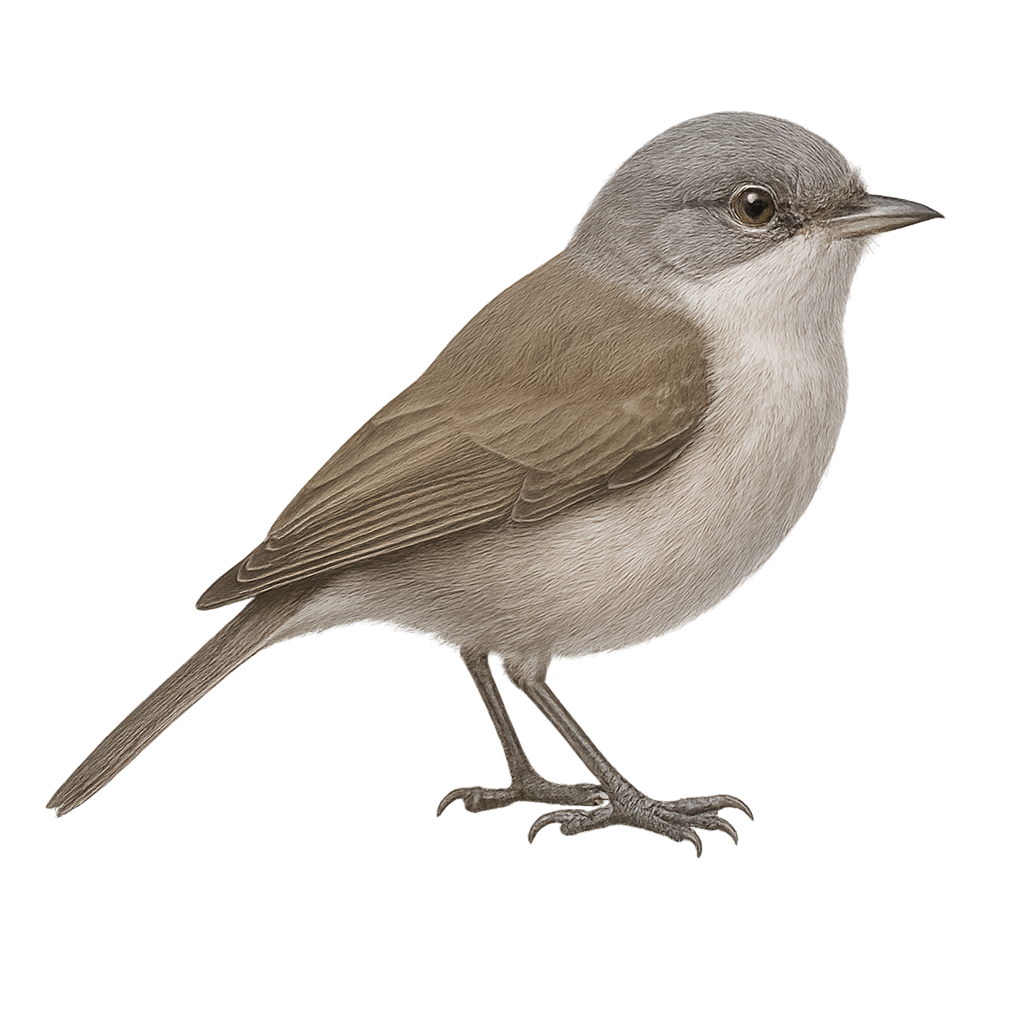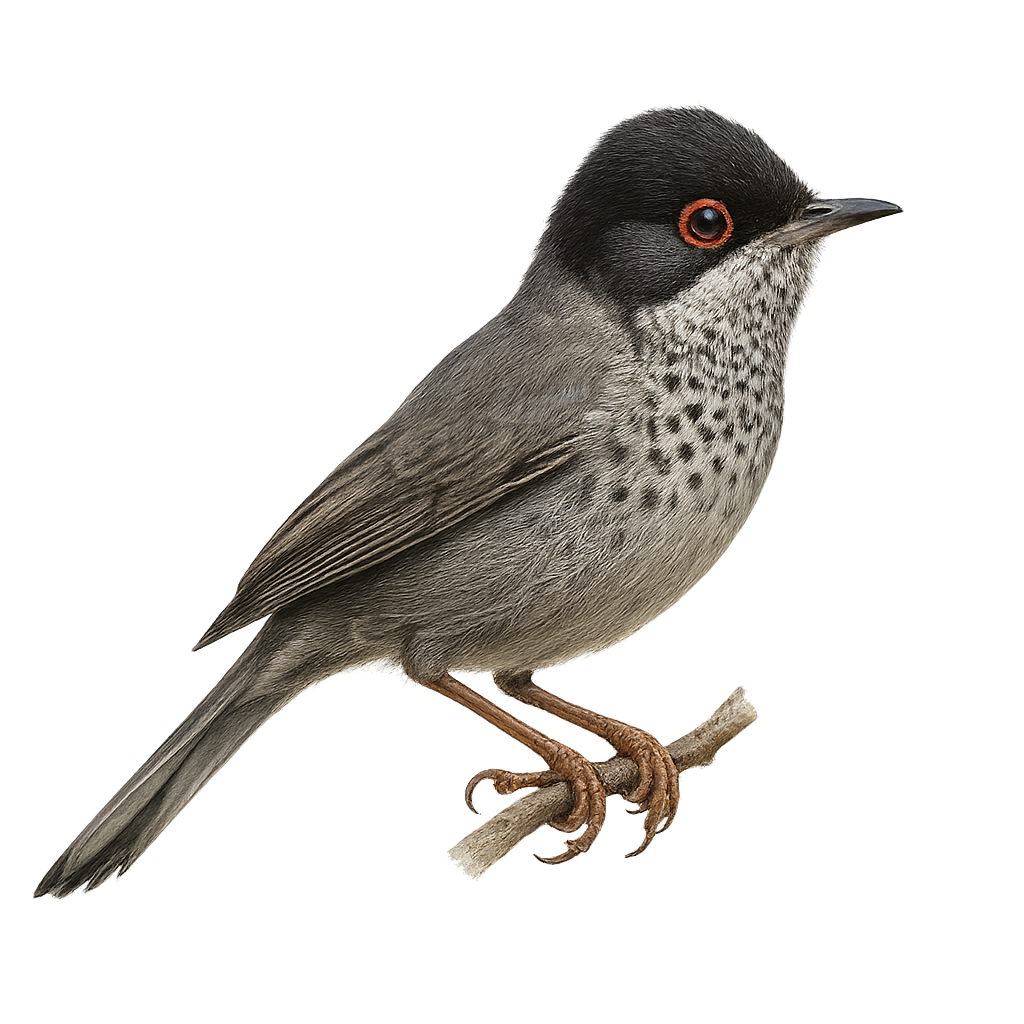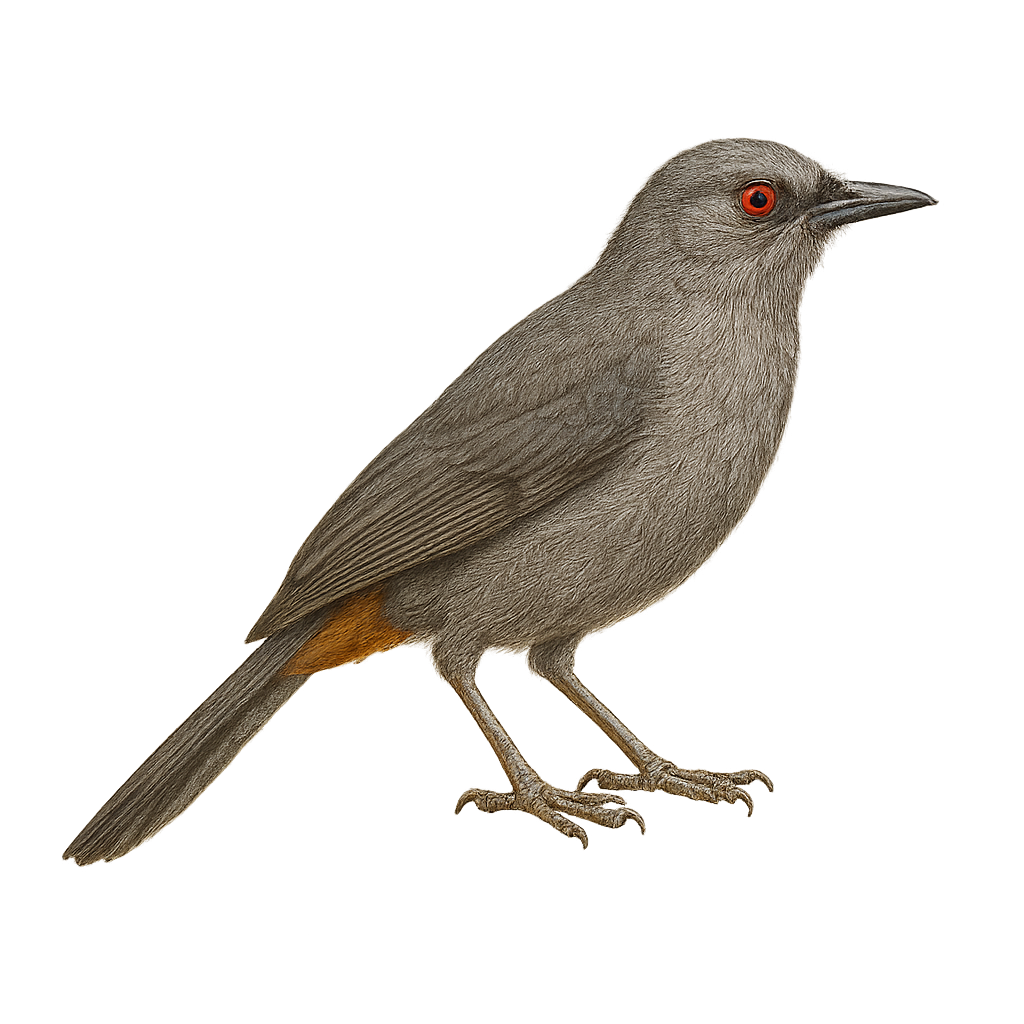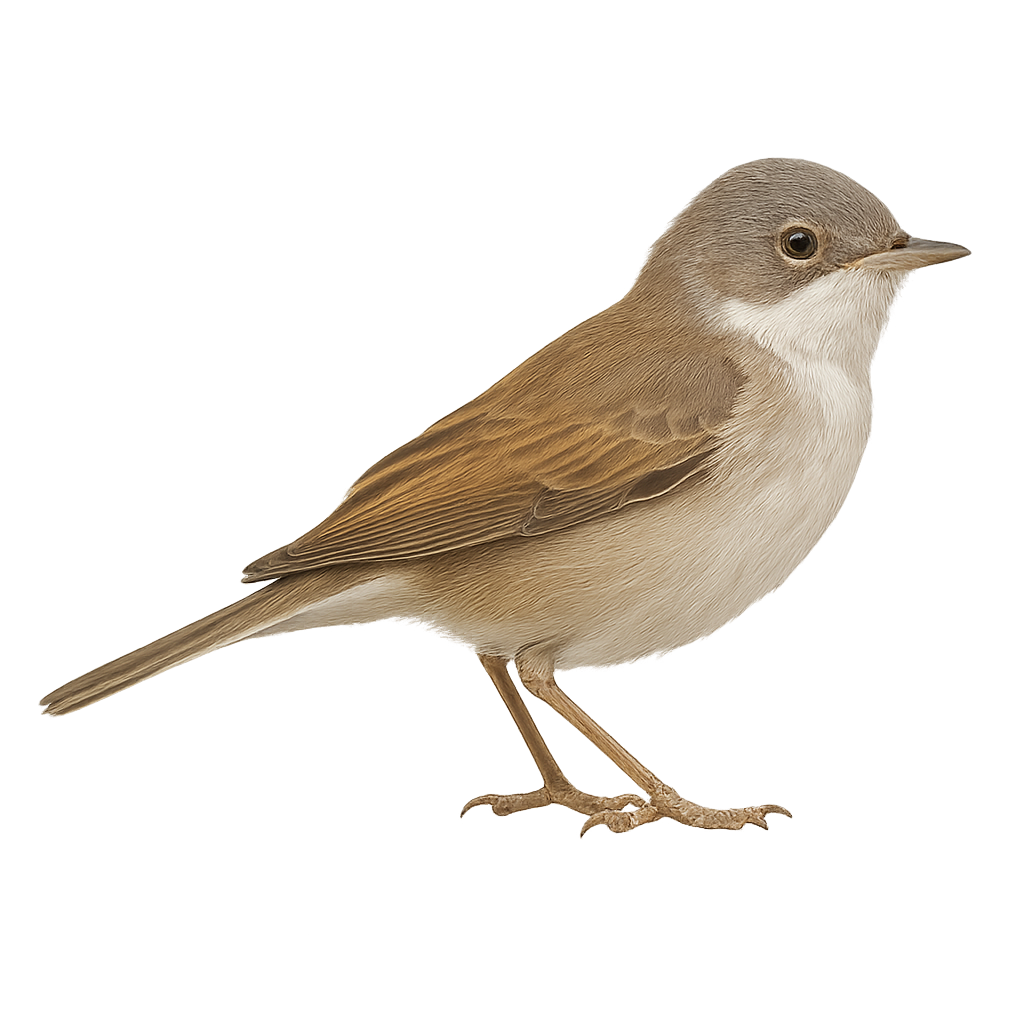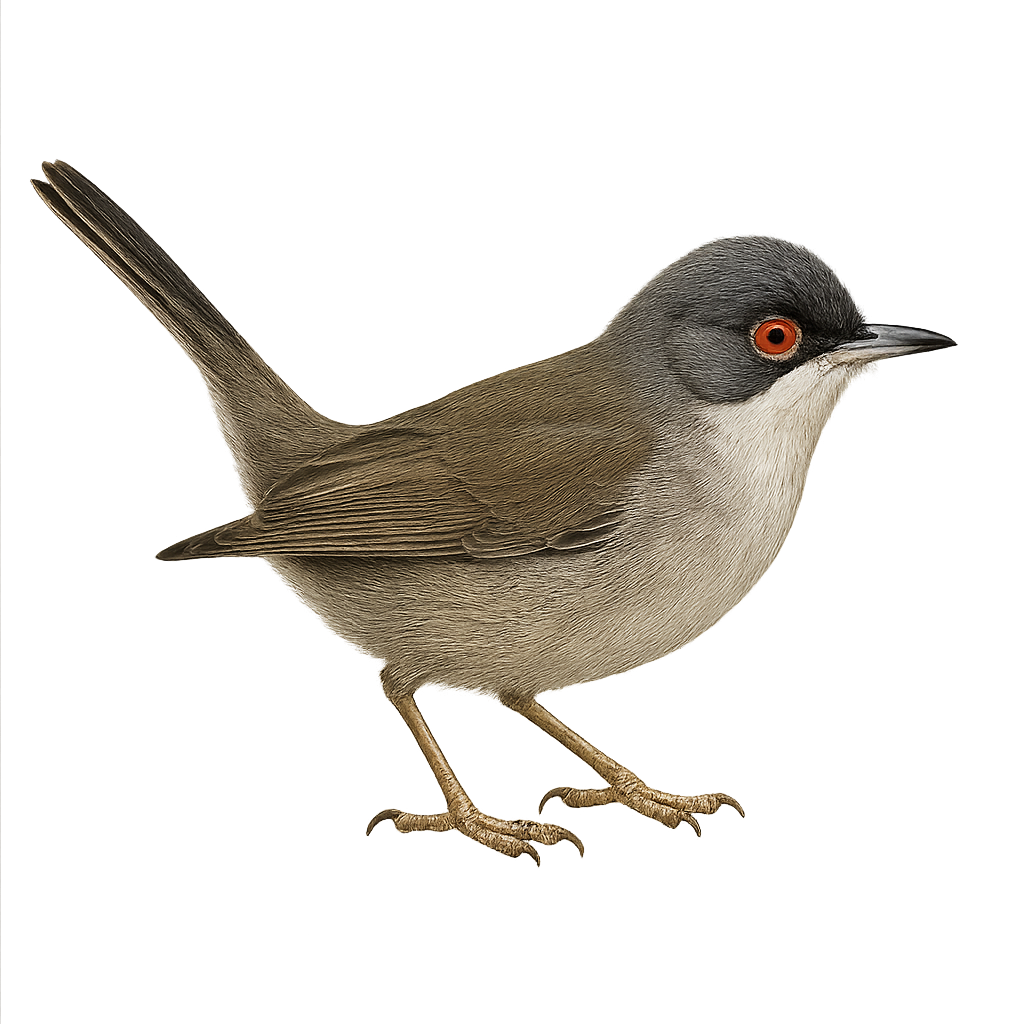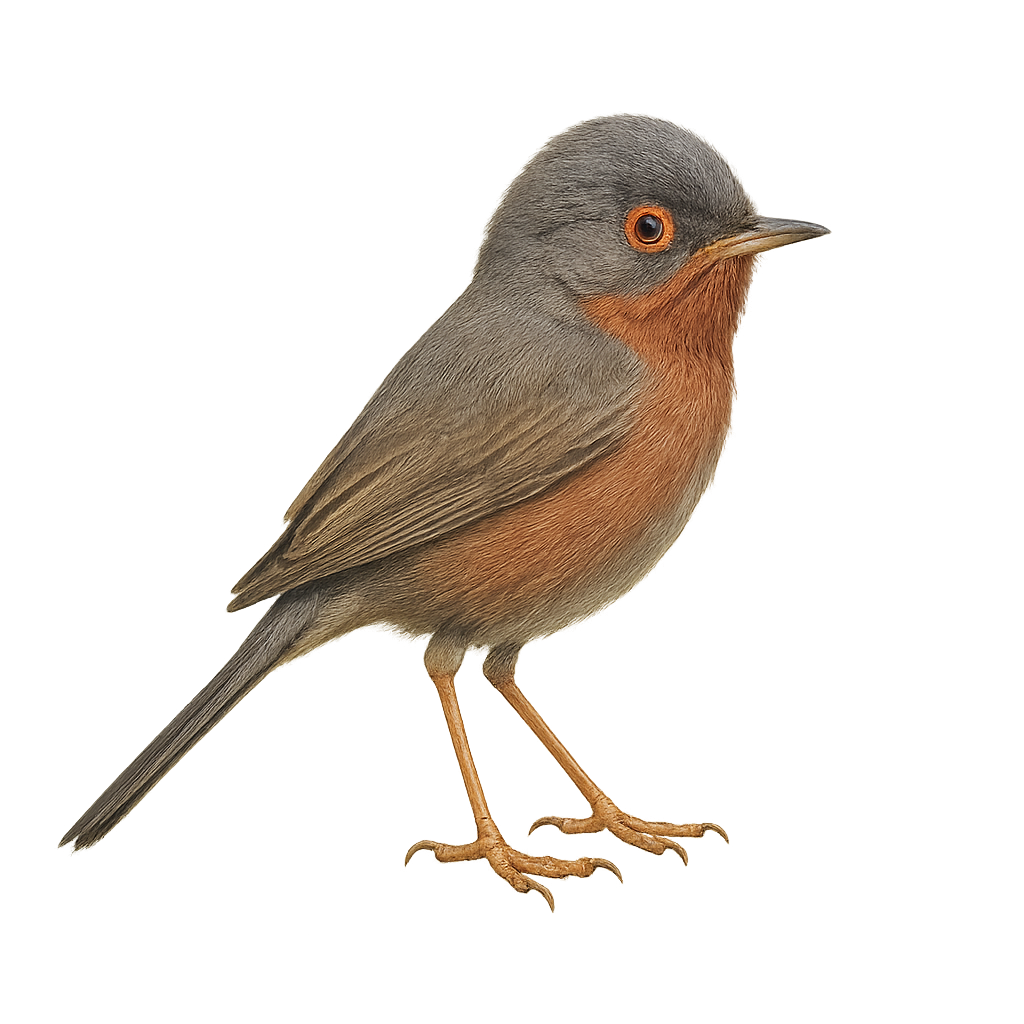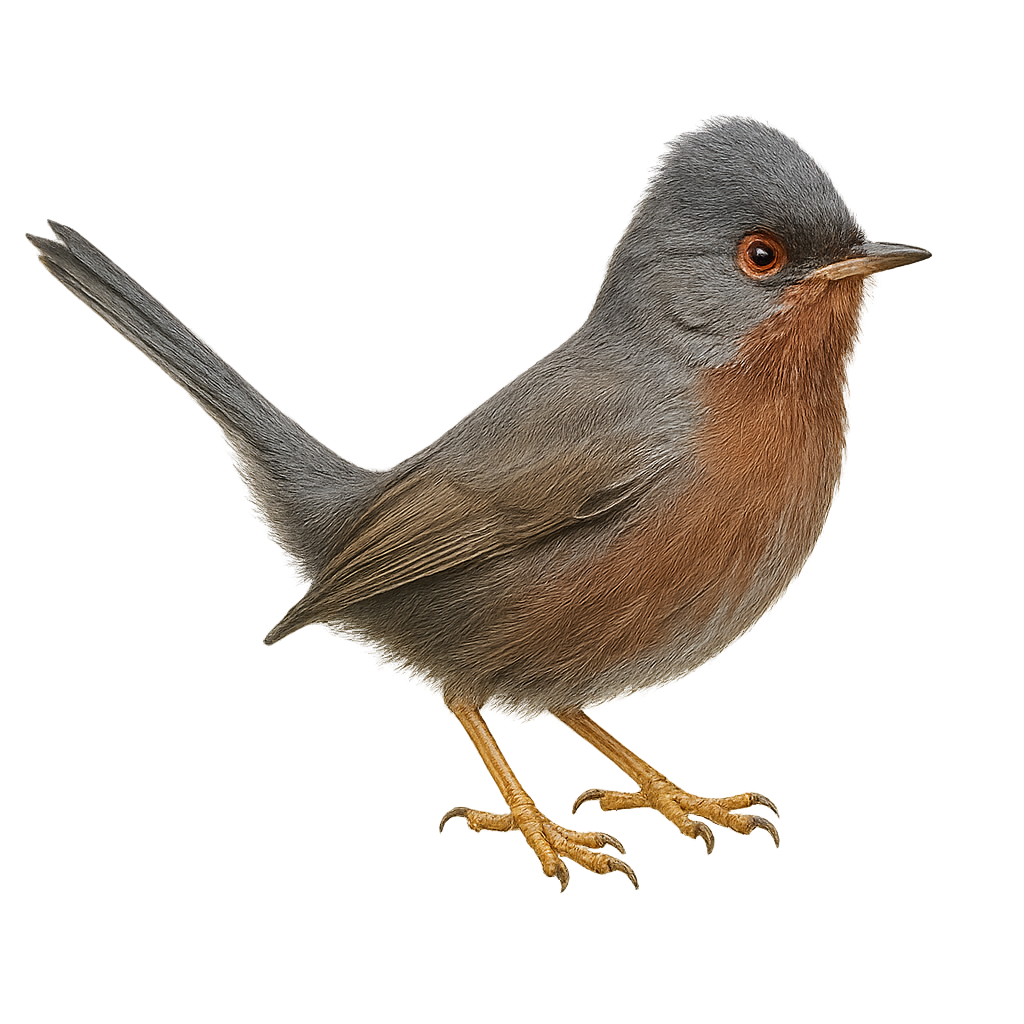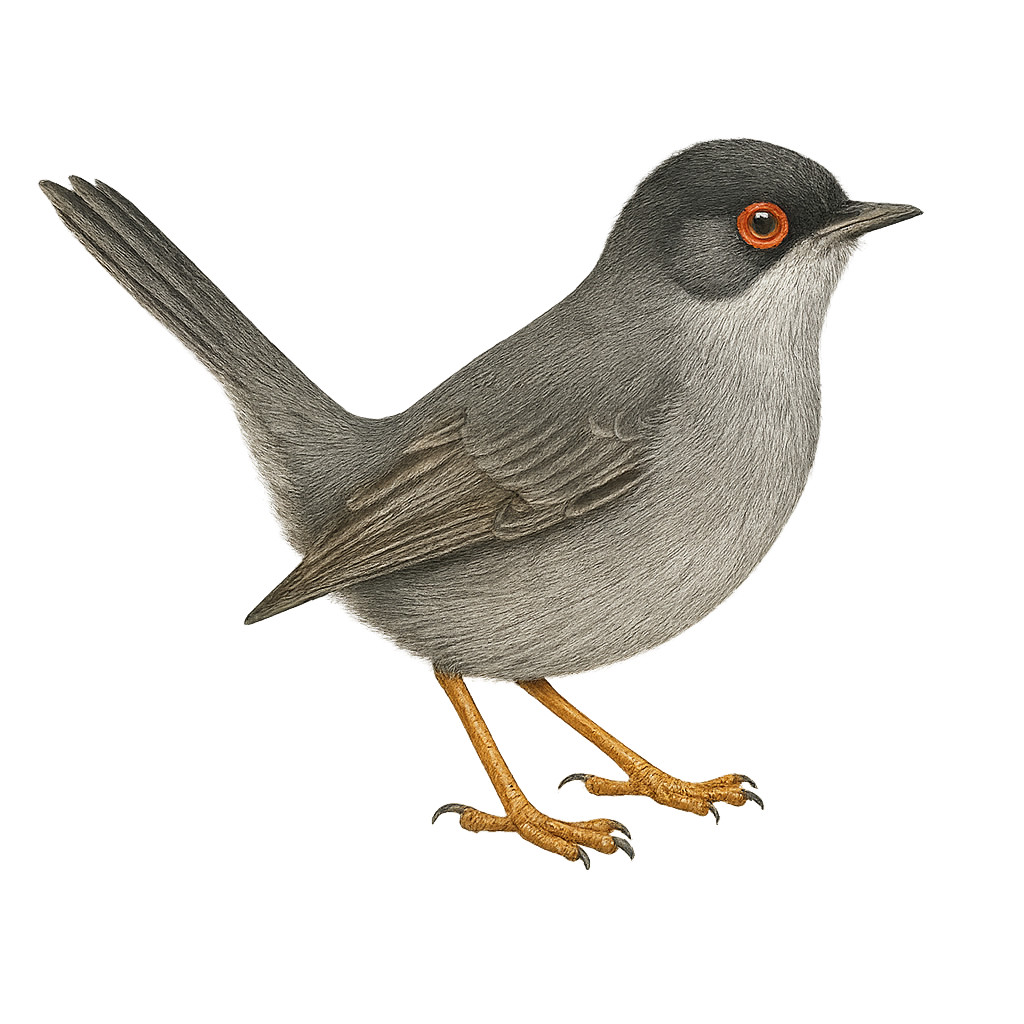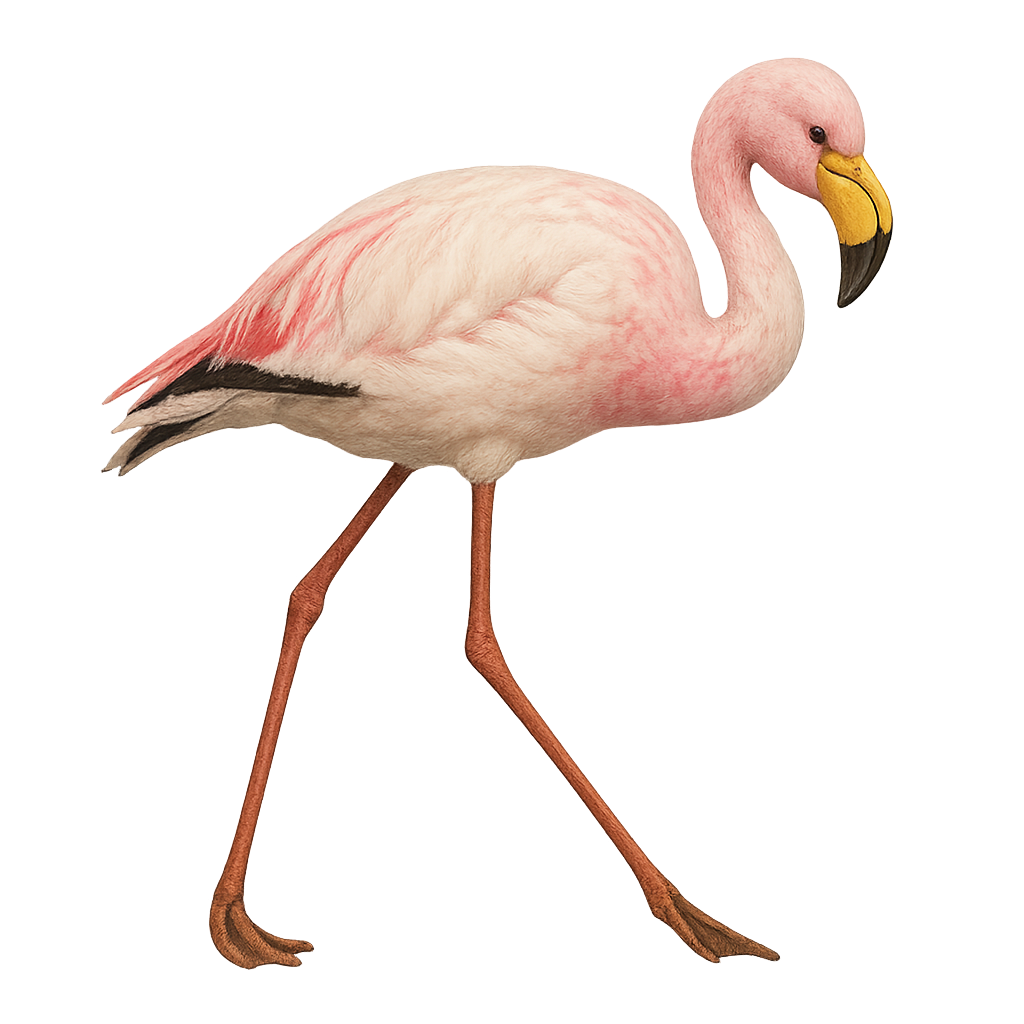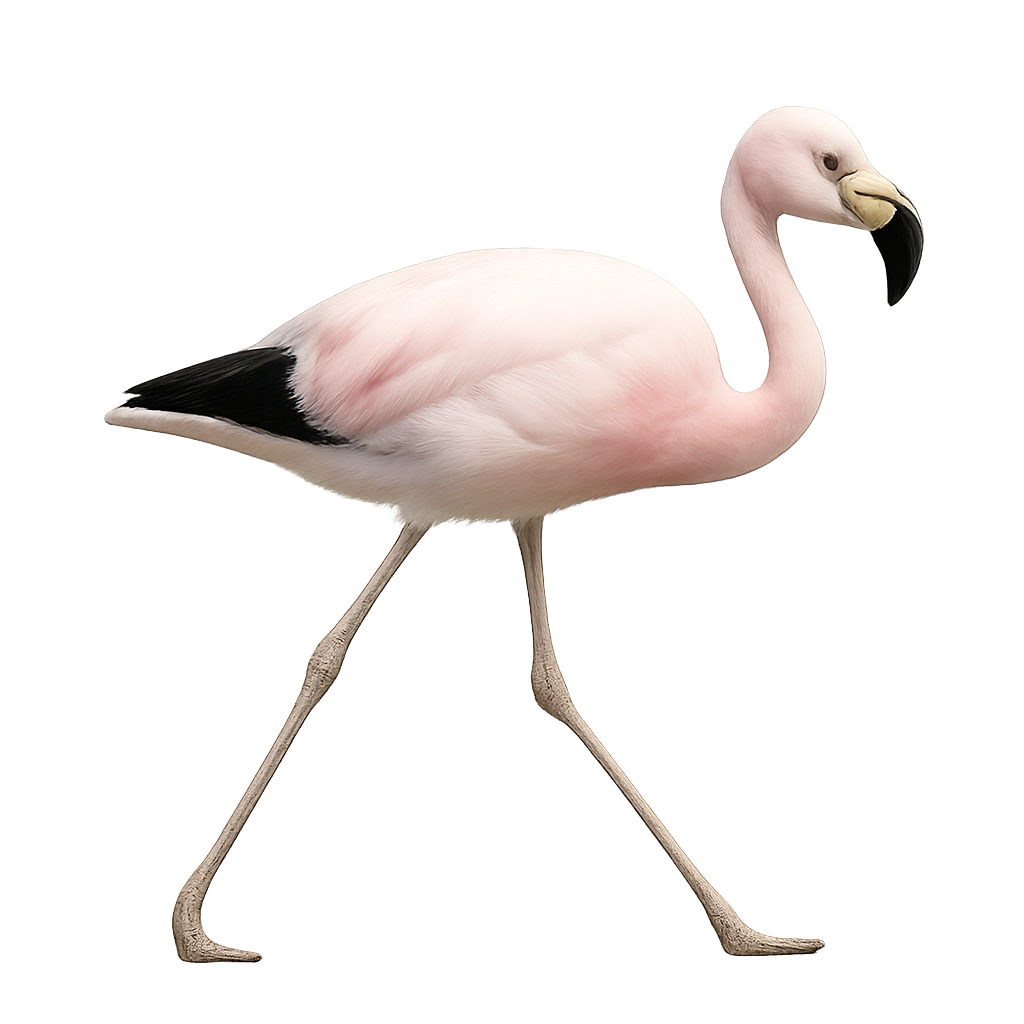The Copper Pheasant, or Syrmaticus soemmerringii, is an elegant and colorful bird native to Japan. This pheasant is distinguished by its richly adorned plumage of copper and gold hues, especially in males. Its long tail feathers, which can reach up to 80 cm, add to its majesty. It primarily inhabits dense forests and mountainous areas, where it feeds on seeds, berries, and insects. Although generally discreet, it can be observed during its courtship displays in spring. Its population is stable, but it remains vulnerable to habitat loss.
The Reeves's Pheasant, Syrmaticus reevesii, is a striking bird known for its vibrant plumage and exceptionally long tail, which can reach up to 2 meters in males. Native to the mountainous forests of central China, it is often found in diverse habitats ranging from mixed forests to open grasslands. Its plumage is predominantly golden with black and white patterns, making it easily recognizable. Males are particularly noted for their spectacular courtship display, where they fan out their tails and showcase their vivid colors to attract females. Although primarily terrestrial, the Reeves's Pheasant can fly short distances to evade predators.
The Fossa fossana, also known as the Malagasy civet, is a small carnivorous mammal endemic to Madagascar. It is characterized by its grey-brown fur with black spots, which provides excellent camouflage in its natural habitat. Measuring about 50 cm in length, with a tail almost as long as its body, the Malagasy civet is primarily nocturnal. It inhabits the island's humid forests, feeding on small animals, insects, and fruits. Although often confused with the fossa, another Malagasy carnivore, the Malagasy civet belongs to a different family. Its population is threatened by deforestation and hunting, leading to its classification as near threatened by the IUCN.
The Aplomado Falcon, Falco femoralis, is a sleek and slender raptor, recognizable by its distinctive plumage. It features a slate-gray back, a white belly, and a black band across the chest. Its wings are long and pointed, adapted for fast and agile flights. This falcon is primarily found in open grasslands, savannas, and semi-desert areas of Central and South America. A skilled predator, it mainly feeds on small birds, rodents, and insects. Although its habitat is vast, it is sometimes threatened by the loss of its natural environment. Its behavior is generally suspicious, but it can become accustomed to human presence in some areas.
The Kestrel is a small raptor from the falcon family, easily recognizable by its light brown plumage and dark spots that adorn its back. It measures about 30 to 35 cm in length, with a wingspan of 70 to 80 cm, and weighs between 150 and 200 g. The adult male has more colorful plumage, with shades of gray and black bands on the tail, while the female has a duller, brownish plumage. This falcon is common throughout Europe, Asia, and North Africa, where it primarily inhabits fields, meadows, heathlands, and even urban areas. The Kestrel feeds mainly on small mammals, insects, reptiles, and sometimes smaller birds. It is especially known for its hovering flight technique, where it remains suspended in the air by rapidly beating its wings before diving to capture prey. While the species is not currently endangered, it faces threats such as habitat loss, reduced prey populations, and disruption by human activities.
The Lesser Kestrel, or Falco naumanni, is a small diurnal raptor belonging to the Falconidae family. It is distinguished by its modest size, measuring about 30 to 35 cm in length with a wingspan of 60 to 75 cm. Its plumage is characteristic: the male has a rufous back without spots, a grey-blue head, and wings with black tips, while the female displays a duller and more speckled plumage. This falcon primarily feeds on insects but can also hunt small mammals and reptiles. It inhabits open areas such as grasslands, steppes, and agricultural zones. A migratory bird, it breeds in Europe and Central Asia and winters in sub-Saharan Africa. Its population is declining mainly due to habitat loss and pesticide use.
The Eleonora's Falcon is an elegant and agile bird of prey, renowned for its impressive migrations and unique hunting behavior. It is characterized by its dark plumage and long, pointed wings, which are well-suited for fast and acrobatic flight. This falcon primarily nests on Mediterranean islands, choosing steep cliffs to establish its colonies. It feeds mainly on insects and small birds, which it captures in mid-air. Its breeding strategy is unique among raptors, as it times its nesting period to coincide with the autumn migration of birds, ensuring an abundance of prey to feed its young.
The Bat Falcon is a small, elegant raptor, recognizable by its distinctive rufous throat and contrasting black and white plumage. It primarily inhabits the dense tropical forests of Central and South America, where it hunts mainly birds and bats in flight. This falcon is an agile and fast hunter, often seen soaring high in the sky before diving onto its prey with remarkable precision. Although primarily diurnal, it can sometimes be active at dusk. Its ability to adapt to various habitats, including urban areas, makes it a fascinating bird to observe for ornithologists and nature enthusiasts.
The Prairie Falcon, or Falco mexicanus, is a medium-sized raptor native to the arid and semi-arid regions of North America. This falcon is identifiable by its light brown plumage, long pointed wings, and narrow tail. It primarily feeds on small mammals and birds, hunting them with swift and agile flight. The Prairie Falcon is a solitary bird, except during the breeding season when it forms monogamous pairs. It often nests on cliffs or artificial structures, using cavities or ledges for its nest. Although its habitat is threatened by human expansion, it is currently classified as of least concern by the IUCN.
The Merlin is a small raptor, one of the fastest birds, easily recognizable by its compact plumage and vibrant colors. It measures between 28 and 34 cm in length, with a wingspan of 60 to 80 cm, and weighs between 150 and 250 g. The male has a blue-gray plumage on its back, with black wings and a head marked with black bands, while the female is generally larger and duller, with brownish hues. The Merlin is found primarily in Europe, Asia, and North America, where it inhabits a variety of habitats, from open areas such as meadows and agricultural zones to forests. This bird primarily feeds on smaller birds, small mammals, and insects. It hunts in flight, using its impressive speed to capture its prey. It is particularly known for its fast and agile aerial maneuvers. While the species is not endangered, it faces threats such as habitat loss, human disturbance, and the reduction of prey populations.
The gyrfalcon, or Falco rusticolus, is the largest of the falcons, known for its robustness and ability to survive in harsh Arctic environments. Its impressive size, with a wingspan reaching up to 160 cm, and its variable plumage ranging from pure white to dark grey, make it a spectacular bird. It is primarily found in circumpolar regions, nesting on cliffs and isolated mountains. A formidable predator, it mainly hunts medium-sized birds such as ptarmigans and ducks. The gyrfalcon is a symbol of power and majesty in many Nordic cultures. Its population is stable, although locally threatened by climate change and human disturbance.
The Hobby Falcon is a small diurnal raptor, often confused with other falcons due to its similar size, but it is distinguished by its elegant plumage and unique characteristics. It measures about 30 to 40 cm in length, with a wingspan of 70 to 90 cm, and weighs between 150 and 250 g. Its plumage is primarily grayish, with a darker head and back and a lighter belly. Males have a lighter plumage than females, which are generally larger and darker. This falcon primarily inhabits open areas such as meadows, heathlands, and sparse forests, as well as mountains and agricultural zones. It hunts by flying at high speed, capturing small birds, insects, and sometimes small mammals. Its flight is fast and direct, often interrupted by sharp turns and dives to capture its prey. While the species is not endangered, it faces threats such as habitat loss and the reduction of its prey populations.
The Red-footed Falcon is a small raptor, particularly recognizable by its delicate plumage and vivid colors. It measures about 30 to 35 cm in length, with a wingspan of 70 to 80 cm, and weighs between 150 and 200 g. The adult male has a distinctive blue-gray plumage, with pointed wings and a lighter head, while the female is browner and slightly larger. The Red-footed Falcon primarily inhabits open areas such as meadows, agricultural fields, and steppes in Eastern Europe, Asia, and North Africa. It primarily preys on insects, small birds, and sometimes reptiles. This falcon is known for its ability to catch prey in flight, performing fast and precise maneuvers. It is particularly active at dusk and in the evening, hence its name "Red-footed" (referring to its late-day hunting). Although the species is not yet endangered, it is threatened by habitat loss and the decline of its prey populations.
The Lanner falcon, Falco biarmicus, is a medium-sized raptor known for its brown-gray plumage with white and rufous tones. It has long, pointed wings and a relatively long tail. This agile predator is often seen in fast flight, primarily hunting birds in open air. It inhabits open regions such as savannas, steppes, and semi-deserts. Its range extends across Africa, southern Europe, and parts of Asia. The Lanner falcon is a social bird, often seen in small groups or pairs. Although a formidable hunter, it is also vulnerable to human disturbances and habitat loss.
The Peregrine Falcon is a medium-sized raptor, known for its impressive speed and exceptional hunting abilities. It measures between 40 and 50 cm in length, with a wingspan of 100 to 120 cm, and weighs between 600 and 1,000 g. Its plumage is typically blue-gray on the back, with a lighter belly and black markings on the head and wings. The Peregrine Falcon is especially famous for its stooping hunting technique, where it can reach speeds exceeding 300 km/h, making it the fastest animal in the world. It primarily feeds on birds, which it catches in flight, but can also hunt small mammals. The Peregrine Falcon lives in a variety of habitats, including cliffs, urban buildings, and coastal areas. It is a widely distributed species, found on every continent except Antarctica. Although it was once threatened by hunting and pesticides, it has now made a recovery thanks to conservation efforts, including the release of young birds and habitat protection programs.
The False killer whale is a large cetacean belonging to the dolphin family, known for its resemblance to the orca. However, unlike the orca, the false killer whale generally lives in warmer waters and is more discreet. It primarily feeds on fish, squid, and small marine mammals. Although its social behavior and ability to hunt in groups are remarkable, the false killer whale is threatened by marine pollution and accidental captures in fishing nets.
The blackcap is a small passerine bird found primarily in forests, hedgerows, and gardens across Europe and Western Asia. It is easily recognized by its black head in the male (brown in the female) and its gray-olive plumage. This bird is an excellent singer, with a melodious song composed of trills and whistles. It feeds on small insects, berries, and seeds. Very discreet, it often goes unnoticed despite its frequent presence.
The barred warbler is a small bird found primarily in bushes and hedgerows in agricultural areas and open woodlands across Europe and Asia. It is easily recognized by its grey-brown plumage and characteristic dark streaks on its back and wings. This passerine bird is very active, often moving through foliage in search of insects and berries. The barred warbler is also known for its rich and varied song.
The Cyprus Warbler is a small passerine bird endemic to the island of Cyprus. It is characterized by its grey and black plumage, with a black cap and white throat. Males have a distinctive black chest, while females display softer tones. It primarily inhabits Mediterranean scrublands, garrigues, and open shrub areas. Its song is melodious and varied, often heard in spring. It feeds mainly on insects and small invertebrates, which it catches by flitting nimbly among branches. The Cyprus Warbler is territorial, especially during the breeding season, when it vigorously defends its space against intruders.
The Galinier's Turaco is a fascinating bird, endemic to the mountainous forests of Ethiopia. With its bright green plumage and distinctive crest, it is easily recognizable. This bird measures about 40 cm in length and primarily feeds on fruits, but it can also consume leaves and flowers. It is often observed in small groups, moving agilely through the canopy. Although its habitat is limited, it adapts well to high-altitude forests, allowing it to survive despite increasing human pressure. Its presence is an indicator of the health of the region's forest ecosystems.
The garden warbler is a small passerine bird found primarily in hedgerows, gardens, and bushes across Europe and Asia. It is easily recognized by its grey-olive plumage, light belly, and keen eyes. This small bird is especially known for its powerful and melodious song, which it performs during the breeding season. It primarily feeds on insects and berries, which it finds in bushes and trees.
The Sardinian warbler is a small passerine bird found primarily in scrublands, maquis, and Mediterranean regions. It is easily recognized by its light gray plumage, brown back, and pale belly. This bird is primarily insectivorous, feeding on small prey such as insects and spiders, which it captures by rummaging through bushes and vegetation. It is also known for its melodious song and discreet movements in the underbrush.
The Sardinian Warbler, Sylvia melanocephala, is a small passerine bird belonging to the Sylviidae family. It is easily identified by the male's black cap, contrasting with its grey body and white underparts. The female has a brownish cap. This bird is mainly sedentary and is found in the Mediterranean basin, where it inhabits scrublands, garrigues, and bushy areas. The Sardinian Warbler is an active bird, often seen moving quickly through dense vegetation in search of insects and berries. Its song is a rapid, repetitive trill, often heard in spring. Although relatively discreet, it can be observed year-round in its natural habitat.
The alpine warbler is a small passerine of 12–13 cm with olive-brown, faintly streaked plumage and buff flanks. It inhabits alpine heath, subalpine meadows and open coniferous woodland. It feeds mainly on insects and spiders captured in vegetation. During breeding, males sing in flight or from elevated perches to attract females.
The Dartford Warbler, Sylvia undata, is a small passerine bird with slate-grey plumage and a reddish throat. It is mainly found in Mediterranean regions, frequenting scrublands and heathlands. This bird is sedentary, although some populations may undertake short altitudinal migrations. The Dartford Warbler is known for its melodious and complex song, often delivered from a high perch. It primarily feeds on insects but can also consume berries. The breeding season extends from spring to summer, with nests built low in dense vegetation. Although its conservation status is concerning due to habitat loss, it remains relatively common within its range.
The Sardinian Warbler, or Sylvia sarda, is a small passerine bird belonging to the Sylviidae family. It is mainly found in Mediterranean regions, particularly in Corsica and Sardinia. This bird is characterized by its grayish plumage, with a black cap on males and a browner cap on females. Its song is melodious and varied, often heard in scrublands and garrigues where it hides among dense bushes. The Sardinian Warbler is a sedentary bird, although it may undertake small altitudinal migrations. It primarily feeds on insects and berries found in its natural habitat. Although its conservation status is currently stable, habitat degradation could pose a future threat.

The Fennec is a small fox, easily recognized by its large ears, which can measure up to 15 cm long, nearly a third of its body size. It measures about 24 to 41 cm in length, with a tail measuring 18 to 30 cm, and weighs between 0.8 and 1.5 kg. Its fur is light beige to sandy, allowing it to blend perfectly into its desert environment. The large ears of the Fennec are not only a distinctive feature but also play a crucial role in regulating its body temperature by dissipating excess heat. The Fennec primarily inhabits the deserts and semi-desert regions of North Africa, especially the Sahara. It is a nocturnal animal, hunting primarily at night to avoid the intense heat of the day. Its diet is omnivorous, consisting of small mammals, insects, fruits, and roots. Thanks to its digging skills, it is able to find water beneath the sand, allowing it to survive in an environment where water is scarce. While the Fennec is not currently threatened, it may face risks related to habitat destruction and illegal capture for the pet trade.
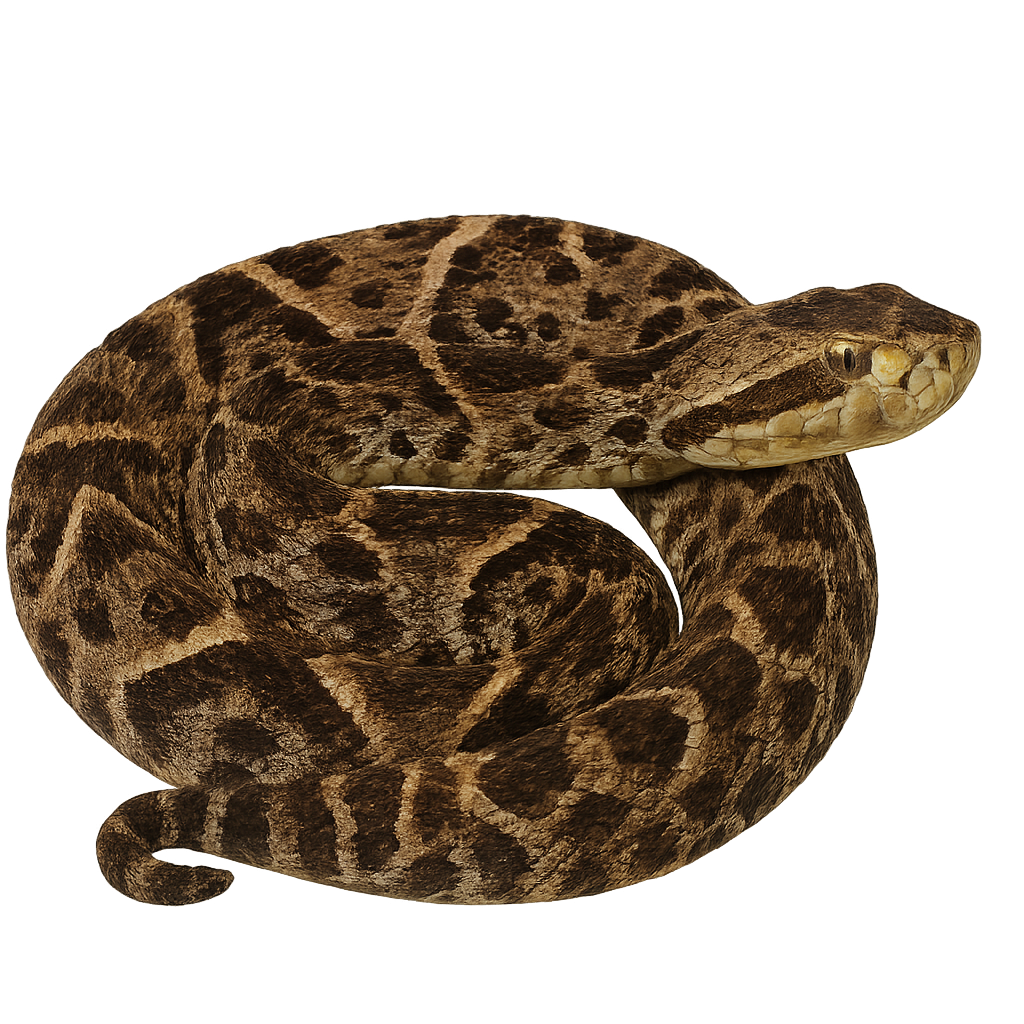
The Barba amarilla is a venomous viper found primarily in the rainforests of Central and South America. It is a medium to large snake, typically measuring between 1.5 and 2.5 meters in length, although some individuals can reach up to 3 meters. Its body is robust, and its color ranges from brown, gray, to olive, with diamond-shaped patterns along its back, which helps it blend into its environment. Its head is triangular and distinct from the body, with characteristic scales that give it a "spearhead" appearance. This snake is primarily terrestrial and often hides under leaves or in underbrush to hunt or rest. The Barba amarilla is an opportunistic predator, feeding mainly on small mammals, birds, and frogs. Its venom is extremely potent and can cause severe injury or death if antivenom is not administered quickly. It usually strikes by surprise, launching itself at its prey or an intruder. While it is an important predator in its ecosystem, it faces threats related to deforestation and habitat loss.
The James's Flamingo, or Phoenicoparrus jamesi, is an elegant and graceful bird primarily found in the high Andean plateaus of South America. It is recognizable by its pale pink plumage, red legs, and yellow bill with a black tip. This flamingo prefers saline and alkaline lakes, often located at high altitudes, where it feeds mainly on algae and small crustaceans. Although less known than other flamingo species, the James's Flamingo plays a crucial role in its ecosystem by helping regulate populations of aquatic microorganisms. Unfortunately, this species is threatened by habitat loss and human disturbances, making its conservation essential.
The Andean flamingo is a rare species of flamingo that inhabits saline and alkaline lagoons of the high Andes plateaus, primarily in Argentina, Chile, and Bolivia. It is distinguished by its white plumage and pale pink hues, as well as its graceful silhouette. This species is threatened by habitat loss and human disturbance and is listed as a protected species. It primarily feeds on algae and small crustaceans found in saline waters.


